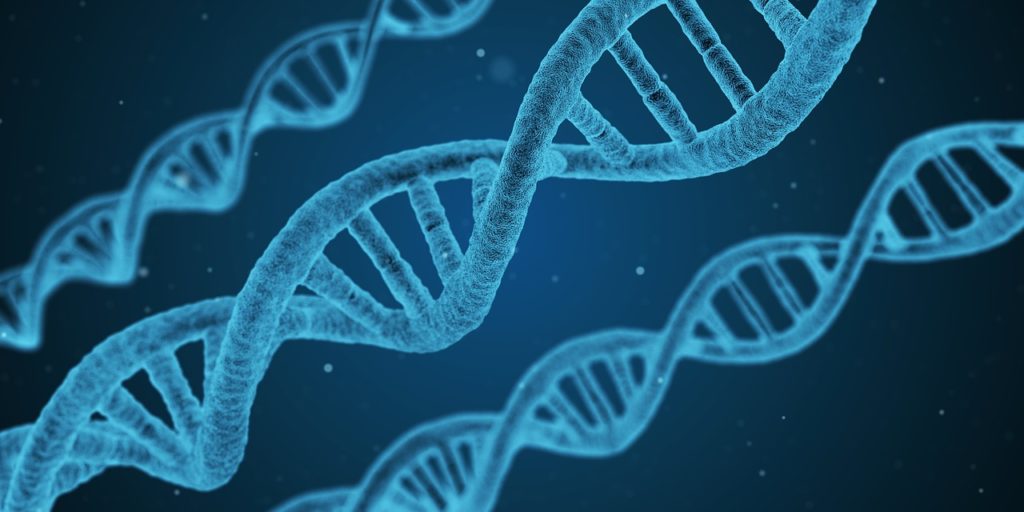Genetic Ancestry: Who do you think you are?
by Scott Dutfield · 16/10/2019

Discover what your genetic makeup can tell you about your ancestral journey
Nearly every cell in your body houses your all-important genetic information. Tightly coiled in the nucleus of each cell, deoxyribonucleic acid (DNA) forms the building blocks of what makes you, you. As the blueprint for our bodies, DNA can also reveal information about our ancestry.
In recent years, people have become increasingly interested in finding out more about their genetic origins. 23andMe, named after the 23 pairs of chromosomes in a normal human cell, are one of many companies heeding that call and digging into our DNA.
The way 23andMe identify your genetic ancestry is mostly a game of genetic Guess Who?. By comparing each customer’s DNA variants (differences in DNA sequence) with those of people from around the world, geneticists can match and eliminate geographical locations based on the population’s genes. Knowing which part of the world your ancestors came from, however, isn’t the only historical information that can be extracted from your DNA. It can also provide some clues about your genes’ journey to where you are now.
By analysing the mitochondrial DNA – which is inherited only from your mother – and the Y chromosome in males, geneticists can reveal the migrations of our ancestors. By looking at genetic variants and mutations, paternal and maternal lines are characterised into separate groups known as haplogroups. These tend to share similar geographical roots, and based on our current understanding of prehistoric human migrations, their footsteps can be followed across the globe from a single ancestor in Africa all the way to where you are now.
Within some people’s DNA there are variants associated with our ancient human relatives. Before the Neanderthals died out around 40,000 years ago they coexisted with Homo sapiens in parts of Eurasia, during which time the two species interbred. Remnants of these ancient relationships can be found in our genes; research suggests that the majority of Europeans and Asians have around two per cent Neanderthal DNA. This information is related to physical traits such as height and hair, and by testing our DNA scientists can estimate how many of these variants we have in common with our extinct Neanderthal cousins.
It’s as simple as AGCT
From mouth to monitor, how do DNA samples become a fact file?
A saliva sample is collected in a tube and sealed to prevent contamination.
Once the lab has received a sample, DNA is extracted, amplified and placed on a genotyping chip. On the chip’s surface are microscopic DNA sequences or genes.
These chips are then incubated to allow the sample DNA to attach to its matching DNA (already on the chip) in a process known as hybridisation.
The chips are then scanned and a visual representation of the DNA variants is produced.
These variants are catalogued and compared to a resource database to give the results of the sample ancestry.
My results
It came as no surprise that my results revealed that I’m almost 100 per cent European, but even so it was interesting to discover my French and German roots. I was surprised by 23andme’s ability to find out that I share a common ancestor with Irish royalty, Niall of the Nine Hostages, from the 4th century CE.
74% British & Irish
13.5% French & German
1.1% Scandinavian
10.9% Broadly northwestern European
0.1% Broadly European
0.3% Broadly western Asian & North African
0.1% Broadly Central & South Asian
This article was originally published in How It Works issue 114
For more science and technology articles, pick up the latest copy of How It Works from all good retailers or from our website now. If you have a tablet or smartphone, you can also download the digital version onto your iOS or Android device. To make sure you never miss an issue of How It Works magazine, subscribe today!




